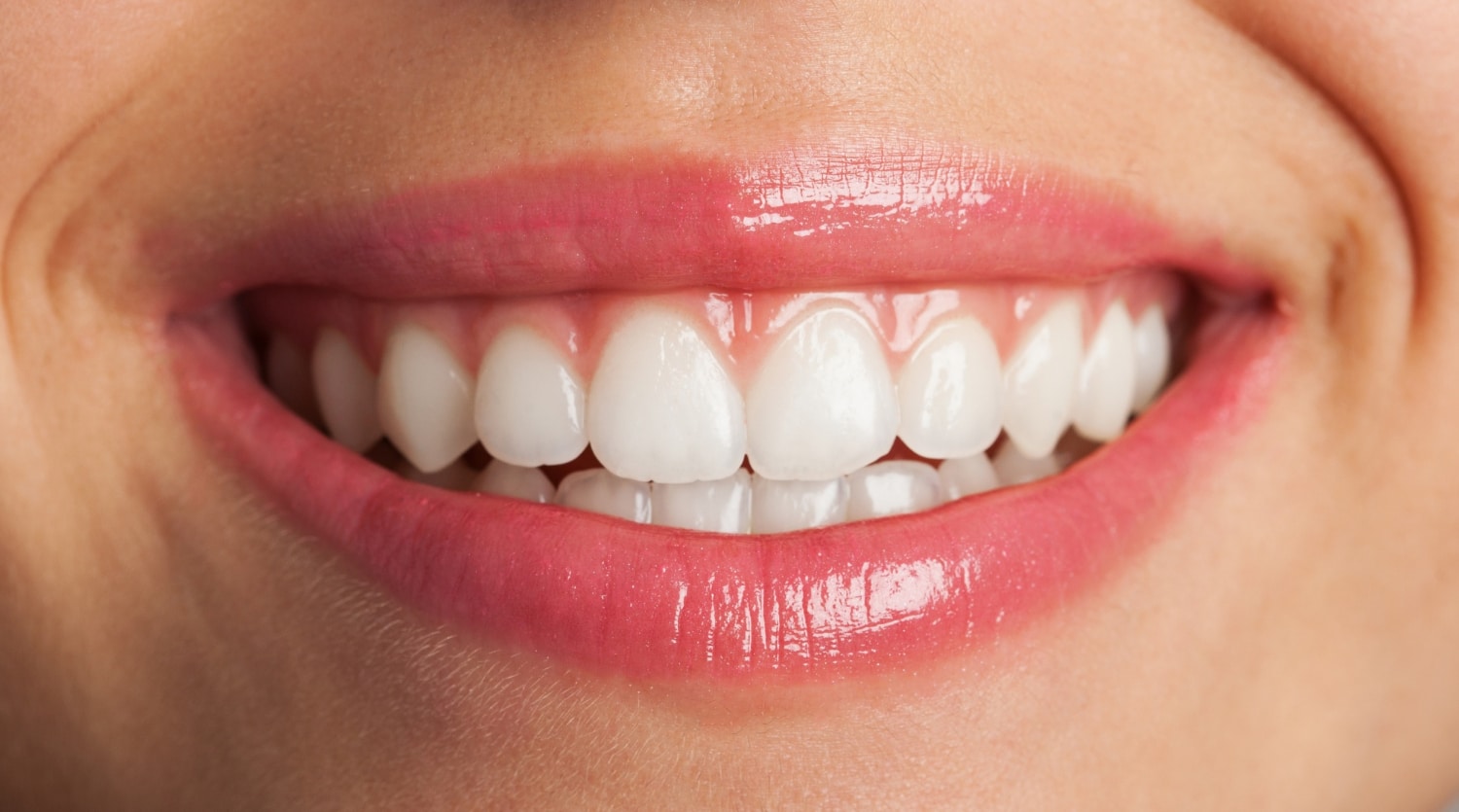Porcelain bridges are a popular choice for individuals looking to restore their smiles after losing one or more teeth. At our clinic, we specialize in providing these advanced dental solutions that not only improve the aesthetics of your smile but also offer functional benefits. Porcelain, as a material, closely matches the natural appearance of tooth enamel due to its translucent qualities, making bridges made from this material highly desirable for those seeking a natural-looking restoration.
Choosing porcelain for your dental bridge involves a process tailored to ensure the best fit and appearance. We take pride in our ability to craft dental solutions that not only meet but exceed the expectations of our patients. By opting for a porcelain bridge, you’re investing in a durable, long-lasting solution that blends seamlessly with the rest of your teeth, thus enhancing your overall oral health and confidence.
Our commitment is to provide you with comprehensive care from the initial consultation through the complete fitting of your porcelain bridge. Each step is performed with meticulous attention to detail, ensuring that your new dental appliance not only fits perfectly but also feels comfortable and looks natural. This introduction to porcelain dental bridges aims to navigate through the various stages involved in choosing, fitting, and caring for your new dental appliance at our clinic.
What Are Porcelain Bridges?
Porcelain bridges are a type of dental appliance used to replace one or more missing teeth. They consist of an artificial tooth, known as a pontic, which is held in place by dental crowns that are anchored on either side by the patient’s natural teeth or dental implants. The result is a bridge that spans the gap where the teeth are missing. The use of porcelain in these bridges is particularly beneficial because it closely mimics the appearance and light-reflecting properties of natural teeth. This makes the restoration virtually indistinguishable from the natural dentition.
The technology behind porcelain allows us to match the color of the bridge to the surrounding teeth perfectly. This customization is significant for our patients, as it ensures that the dental work is not only functional but also aesthetically pleasing. Porcelain bridges are strong and durable, capable of restoring the functionality of your teeth, allowing you to chew and speak as you did with your natural teeth.
Benefits of Choosing Porcelain Bridges for Your Smile
Choosing a porcelain bridge offers numerous benefits that go beyond simply restoring your smile. Firstly, porcelain bridges help maintain the natural shape of your face. Missing teeth can cause the face to collapse, prematurely aging an individual. By replacing lost teeth, porcelain bridges support the facial structures, enhancing your appearance and boosting your confidence.
Additionally, porcelain bridges prevent the remaining teeth from shifting out of place. When there is a gap, the teeth on either side may begin to move toward the space, resulting in misalignment that could require orthodontic treatment in the future. By filling these gaps, porcelain bridges keep your teeth aligned and your bite balanced. This not only helps in maintaining oral health but also in preventing issues like jaw pain or difficulties in chewing.
Moreover, the smooth, glazed surface of porcelain makes these bridges resistant to stains compared to other dental materials. This means your new bridges can keep looking their best for years, with proper care, without the discoloration that often affects natural teeth and other types of dental restorations. This stain resistance is particularly beneficial for those who enjoy coffee, tea, or other stain-inducing foods and drinks.
How We Fit and Place Porcelain Bridges
Fitting and placing porcelain bridges in our clinic involves a detailed and precise procedure to ensure that each bridge is perfectly tailored to meet your unique needs. Initially, we begin by carefully assessing the area where the porcelain bridge will be installed. This includes taking digital images or impressions of your mouth, which help us in designing a bridge that fits flawlessly with your natural teeth.
Once the design is finalized, the teeth adjacent to the gap are prepared to serve as anchors (abutments) for the bridge. This preparation typically involves reshaping these teeth so that they can securely hold the crowns that will support the bridge. After the teeth are prepared, a temporary bridge is placed to protect the area and maintain the aesthetics of your smile while your custom-made porcelain bridge is being crafted in the dental lab. The fitting process is completed during a subsequent appointment where the temporary bridge is replaced with the permanent porcelain bridge, ensuring each aspect of the bridge fits comfortably and matches the natural colour and contour of your surrounding teeth.
Caring for Your Porcelain Bridges to Ensure Longevity
Taking care of your porcelain bridges is crucial for maintaining their appearance and extending their lifespan. We recommend a regular oral hygiene routine that includes brushing twice a day and flossing daily. Special attention should be given to cleaning around the bridge to prevent plaque build-up, which can lead to gum disease and affect the longevity of your bridge.
In addition to daily care, scheduling regular visits to our clinic for professional cleanings and check-ups is essential. During these visits, we can monitor the condition of your porcelain bridge and the health of your gums and surrounding teeth. Professional cleanings help remove any plaque or tartar that has built up and could potentially harm your bridge and oral health.
Conclusion
Porcelain bridges are a valuable solution for anyone looking to restore missing teeth and enhance their smile. At Pickering Dental Services, our expert team is committed to providing high-quality, personalized care, from the initial consultation through the fitting and ongoing maintenance of your porcelain bridges. We aim to ensure that your dental restoration not only looks natural but also functions optimally, improving your overall oral health and confidence.
If you’re considering porcelain bridges or any other dental treatments, we invite you to contact us at Pickering Dental Services. Let us help you achieve and maintain a beautiful, healthy smile that lasts. Contact our cosmetic dentist in Pickering today.


